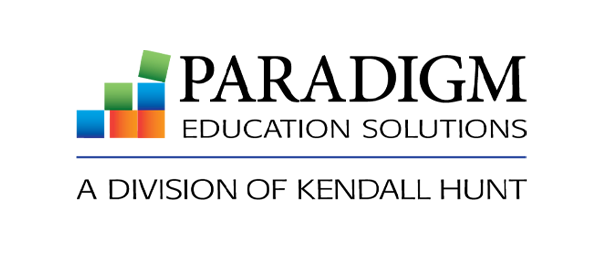Literacy is no longer defined as the ability to read and write. It also must include digital skills such as communication and network technology in order to connect through computers. Allowing students to explore digital technologies through creativity and innovation is of up-most importance for implementing the use of technology.
According to the NMC Horizon Report on Improving Digital Literacy, current definitions of literacy only account for the gaining of new knowledge, skills, and attitudes, but do not include the deeper components of intention and reflection. Including aptitude and creativity to the definition stresses the importance that digital literacy is about repetition and involvement for success.
Below are keys to improving digital literacy:
- Engagement through active participation and allows students to self-explore
- Interactive integration through an enriching learning environment for students and robust course management for instructors
- Offer thought provoking questions related to living and working with technology
- Demonstrate practical skills to safely and responsibly use the Web
- Critically evaluate resources and opportunities that are available
- Provide leaders/ instructors with the best tools to instill technology practices in students
Category:
